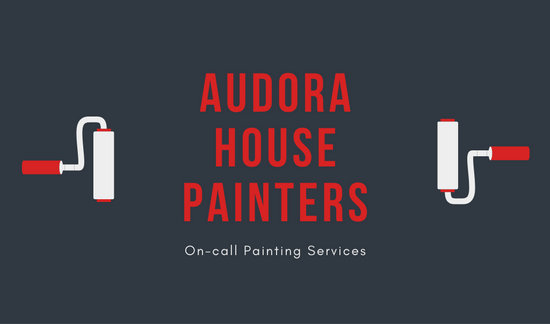Yearning For A Flawless Finish? Discover Exactly How Climate Elements Can Sway The Success Of Your Exterior Paint Task, Unraveling Vital Tricks For An Expert End Result
Yearning For A Flawless Finish? Discover Exactly How Climate Elements Can Sway The Success Of Your Exterior Paint Task, Unraveling Vital Tricks For An Expert End Result
Blog Article
Team Writer-Walls Mohammad
Recognizing just how climate condition can affect the end result of an outside paint venture is critical for attaining a remarkable coating. From temperature variations changing paint adhesion to moisture levels impacting drying out times, each aspect of weather plays a considerable function in the success of your project. Moreover, wind speed and rainfall can present unforeseen obstacles that may endanger the top quality of the final result. As we navigate with the subtleties of weather's effect on external paint, it comes to be evident that precise planning and calculated timing are crucial for making certain an expert and sturdy outcome.
Ideal Temperature Level Array for Paint
When considering external paint projects, the suitable temperature array plays an important role in attaining optimum outcomes. Painting in Highly recommended Site guarantees that the paint adheres appropriately to the surface, dries equally, and cures properly. Generally, the recommended temperature level array for outside paint is in between 50 to 85 degrees Fahrenheit.
Painting in temperatures listed below 50 levels Fahrenheit can result in concerns such as bad paint attachment, long term drying times, and an enhanced possibility of splitting or peeling.
On the other hand, paint in temperatures above 85 degrees Fahrenheit can trigger the paint to dry as well rapidly, bring about blistering, bubbling, and an uneven finish.
To attain the most effective results, it is necessary to inspect the weather report prior to starting an exterior paint project. Ideally, goal to repaint throughout moderate climate condition with moderate temperatures and low humidity degrees.
Results of Humidity on Paint Drying
Moisture degrees dramatically influence the drying process of paint related to exterior surfaces. https://dominickpcmwf.therainblog.com/32812652/reveal-the-most-recent-techniques-and-trends-in-home-painting-and-be-impressed-by-the-creative-techniques-to-revitalize-your-home can prolong the drying out time of paint, bring about potential concerns such as leaking, spotting, or even the development of bubbles on the repainted surface. Excess moisture airborne decreases the dissipation of water from the paint, preventing the healing process. This is especially troublesome for water-based paints, as they rely upon dissipation for drying.
On the other hand, reduced humidity degrees can likewise impact paint drying out. Incredibly dry conditions may create the paint to dry as well swiftly, causing inadequate attachment and a harsh coating. In such instances, adding a paint conditioner or splashing a great haze of water airborne can assist regulate moisture levels and boost the painting result.
To make certain optimal drying problems, it is recommended to paint when the moisture degrees range in between 40% and 50%.
Surveillance moisture levels and taking ideal steps can aid attain a smooth and long lasting paint surface on exterior surface areas.
Wind and Precipitation Factors To Consider
Wind rate and precipitation are crucial aspects that dramatically influence the success of an exterior painting task.
When it involves wind, both rate and instructions are crucial considerations. High wind rates can trigger paint to completely dry too quickly, resulting in a below average finish with possible issues like breaking or uneven structure. In addition, wind can bring debris that may follow the damp paint, leading to imperfections. As a result, painters need to intend to service days with light to moderate winds for optimal paint problems.
On the other hand, rainfall, whether rainfall or snow, can be exceptionally harmful to the outcome of an external painting project. Dampness from rainfall can impede paint adhesion, creating peeling off and bubbling over time. It is critical to stay clear of painting during rainy or snowy weather condition to make sure the longevity and quality of the paint work. https://ricardonbnyk.iyublog.com/33036191/create-a-stunning-home-atmosphere-the-transformative-power-of-house-painting should likewise permit sufficient time for the surface area to completely dry thoroughly after any precipitation before commencing or resuming the paint process.
Final thought
In conclusion, weather play a substantial function in the result of an outside paint project. The ideal temperature level range, moisture degrees, wind speed, and precipitation all contribute to the success or failing of the paint task.
https://www.homesandgardens.com/interior-design/room-color-ideas is important to consider these variables and plan as necessary to ensure proper paint attachment, drying out times, and total quality of the ended up product.
